#Thalloidima
Text

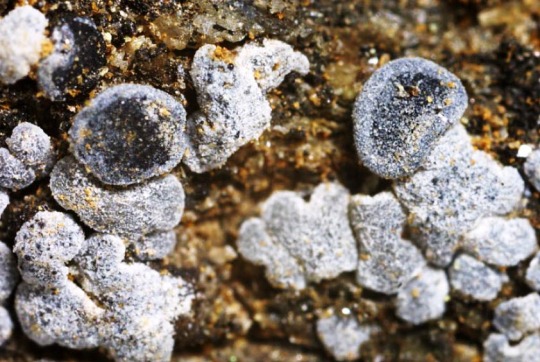


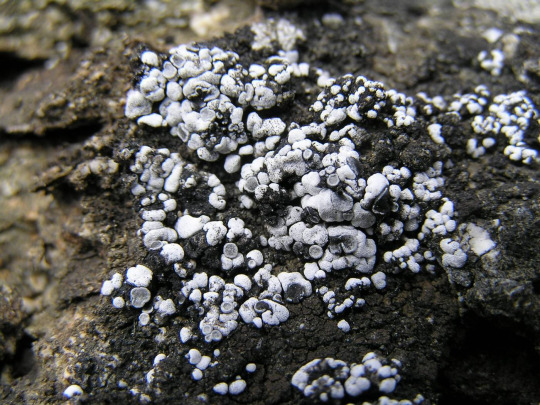
Thalloidima diffractum
This squamulose (scale-like) lichen can be found growing in the cracks of steep, calcareous rock in southern Eurasia. It grows in powdery, white-gray, orbicular scales that are scattered when young, and grows closer together and more compact over time. It produces round, rimmed, black apothecia often dusted with the same pruina that covers the thallus surface. Even though T. diffractum has a green algal photobiont, it can often be found growing on cyanobacterial mats or cyanolichens. Why? IDK, he just likes those guys, I guess.
images: source | source
info: source
#lichen#lichens#lichenology#lichenologist#mycology#ecology#biology#fungi#fungus#symbiosis#symbiotic organisms#green algae#botany#bryology#Thalloidima diffractum#Thalloidima#life science#environmental science#natural science#nature#naturalist#beautiful nature#weird nature#trypo#trypophobia#I'm lichen it#lichen a day#daily lichen post#lichen subscribe
80 notes
·
View notes
Photo
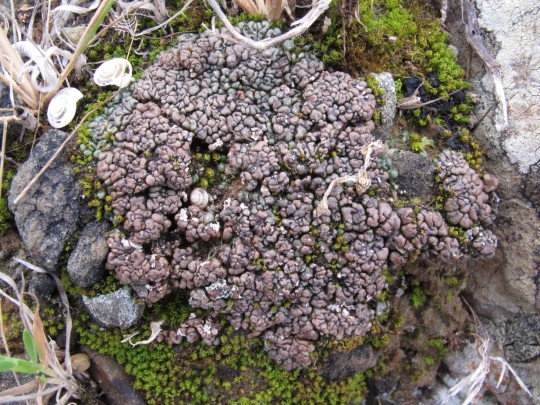


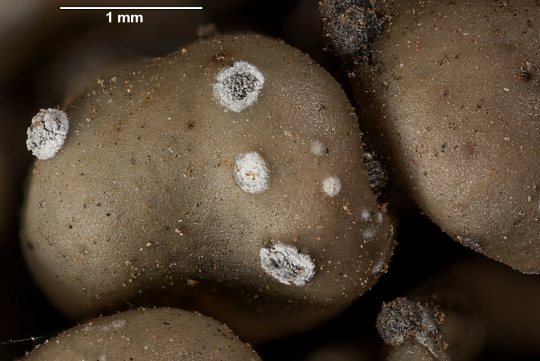



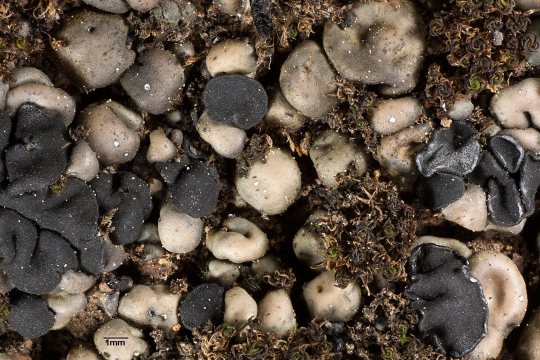
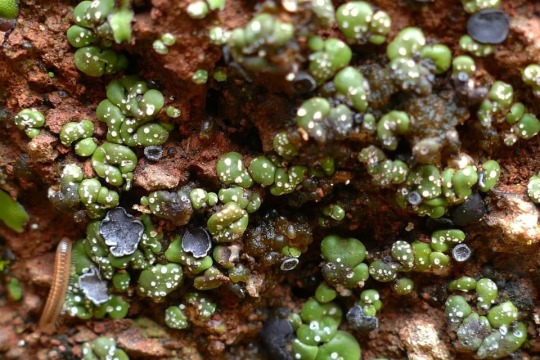
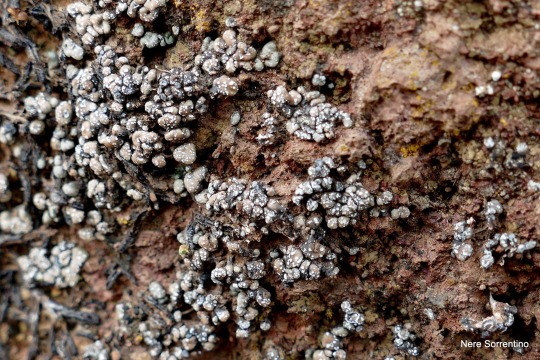
Thalloidima toepfferi
The term squamulose means scale-like, but many squamulose lichens like T. toepfferi are too puffy to look at all like scales! This guy is just little round puffy bits of thallus. It is described as “bullate,” which means blister-like, but I think it is too adorable to be described as anything like a blister! I would describe it more like . . . blobs of puff-paint. That is much cuter. It is green to olive to brown in coloration, with distinctive white, punctiform (dot-like) pseudocyphellae dotting the surface. It has smooth, black apothecia lumped in with the squamules, sometimes covered in a layer of pruina. T. toepfferi lives on dry, siliceous soil in the Mediterranean and in Macaronesia, preferring mild climates and open grasslands.
images: source | source | source
info: source
#lichen#lichens#lichenology#lichenologist#lichenized fungus#fungus#fungi#mycology#Ecologia#biology#systematics#taxonomy#natural science#environmental science#life science#Thalloidima toepfferi#Thalloidima#trypo#Trypophobia#weird nature#beautiful nature#I'm lichen it#lichen a day#daily lichen post
51 notes
·
View notes
Text
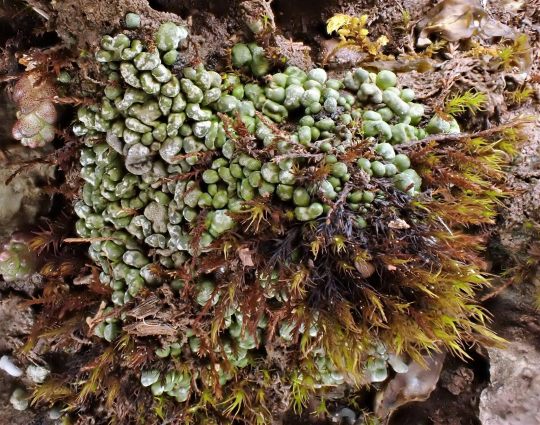
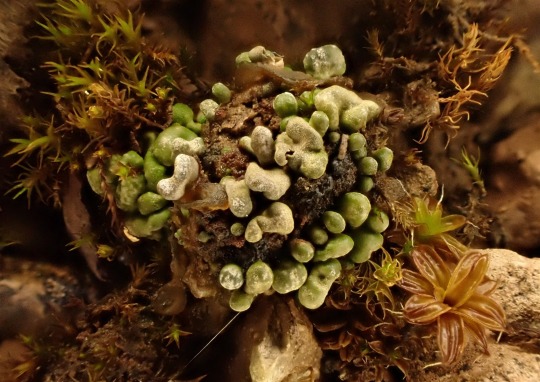
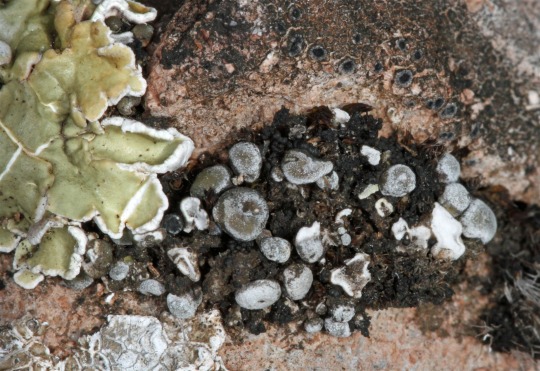

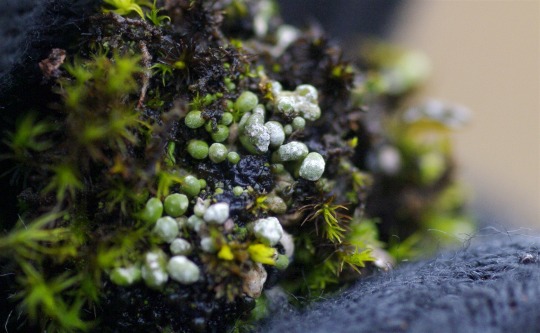
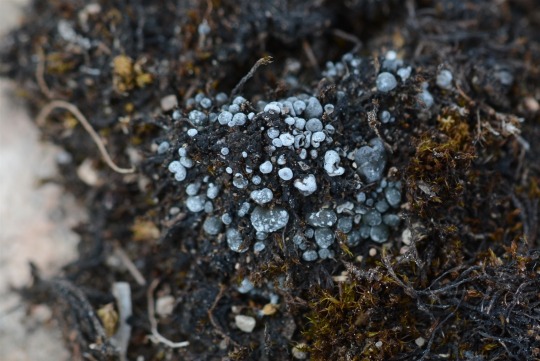
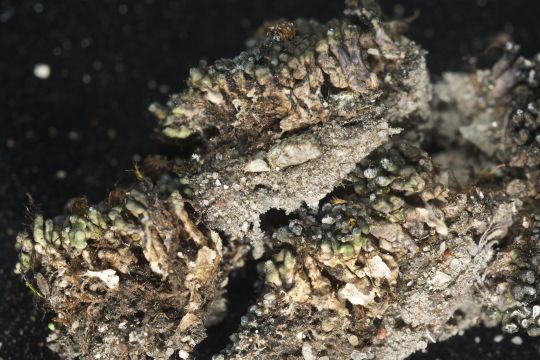
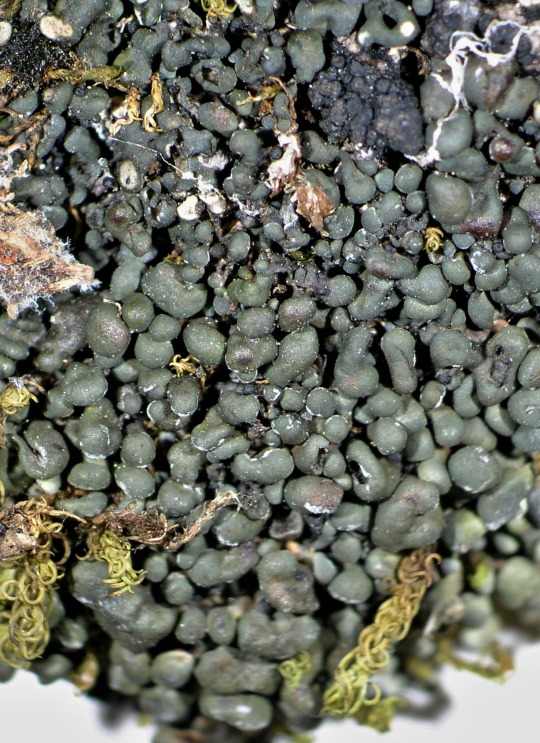
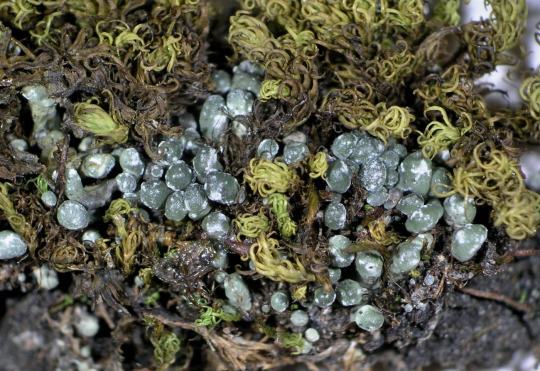
Thalloidima physaroides
This squamulose lichen has a thallus made up of bullate (blister-like) to columnar (column-like) squamules (scales) growing in compact cushions. They are gray to dark gray-green in color, often white spotted and with a thin layer of pale pruina. It only rarely produces apothecia, which are black and lecideine. T. physaroides grows on calcareous soils among mosses in temperate regions of the northern hemisphere.
images: source
info: source | source
#lichen#lichens#lichenology#lichenologist#mycology#ecology#biology#bryology#botany#symbiosis#symbiotic organisms#algae#life science#fungus#fungi#natural science#environmental science#nature#naturalist#the natural world#Thalloidima physaroides#Thalloidima#I'm lichen it#lichen a day#daily lichen post#lichen subscribe
42 notes
·
View notes
Photo

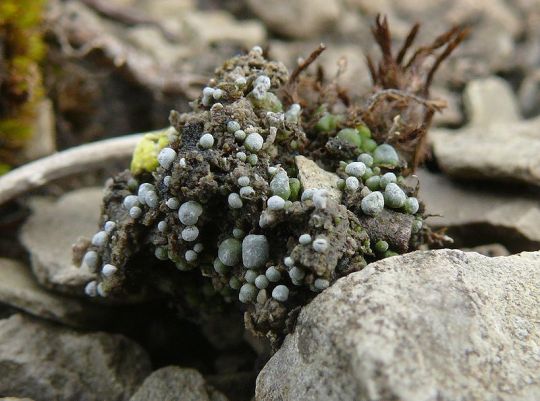
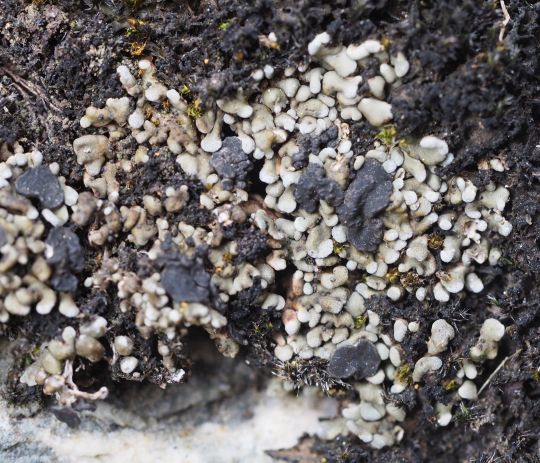

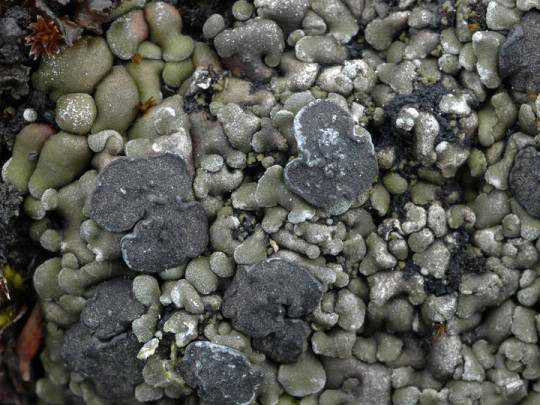
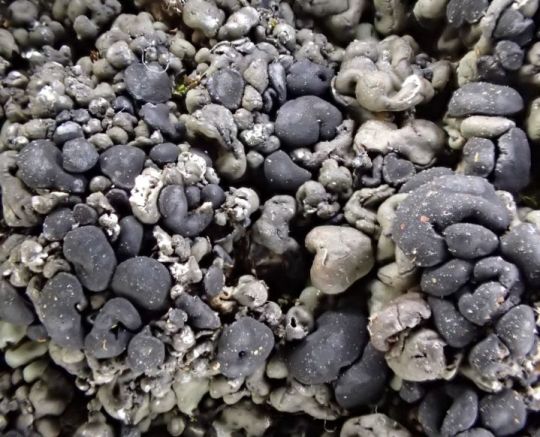

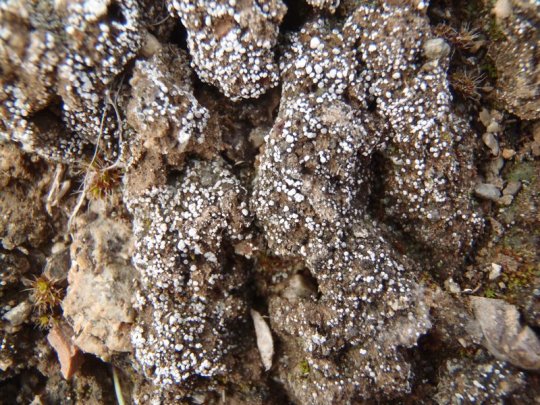


Thalloidima sedifolium
This crustose lichen is lichenicolous, meaning that it grows on top of other lichens! It colonizes cyanolichens when young and lives off of them, eventually taking over and often killing their host! T. sedifoliom has rounded, blister-like squamules of olive-brown or gray, often dusted with pale pruina so they appear chalky and pale. Intermixed with the squamules are flat or convex apothecia with a dark gray rim and a dark brown disc. While T. sedifolium often gets its start growing on a lichen or a moss, it can also be found on soil and rock in a multitude of habitats around the globe.
source | source
#lichen#lichenology#lichenologist#lichens#lichenicolous#lichenized fungus#mycology#fungus#fungi#biology#ecology#botany#bryology#science#life science#natural science#nature#naturalist#beautiful nature#weird nature#biodiversity#systematics#taxonomy#environmental science#environment#outdoors#go outside#take a hike#look for lichens#i love lichens
63 notes
·
View notes